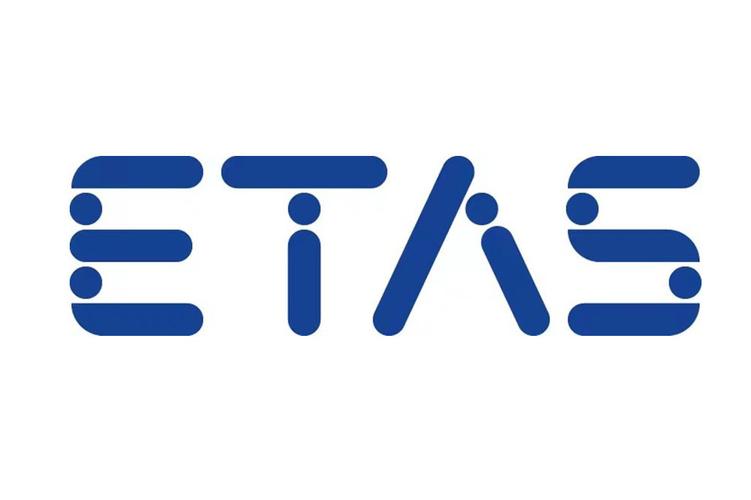Understanding the United States Constitution: A Detailed Overview
The United States Constitution, often referred to as the supreme law of the land, is a foundational document that outlines the structure, powers, and limitations of the federal government. It was adopted on September 17, 1787, and has since been the guiding principle for the nation’s governance. In this article, we delve into the various aspects of the Constitution, providing you with a comprehensive understanding of its significance and impact.
The Preamble
The Preamble of the Constitution serves as an introduction to the document, outlining its purpose and goals. It states, “We the People of the United States, in Order to form a more perfect Union, establish Justice, insure domestic Tranquility, provide for the common defense, promote the general Welfare, and secure the Blessings of Liberty to ourselves and our Posterity, do ordain and establish this Constitution for the United States of America.” This opening statement emphasizes the collective effort of the American people in creating a government that serves their interests.

The Articles of the Constitution
The Constitution is divided into seven articles, each addressing different aspects of the government’s structure and powers. Here’s a brief overview of each article:
| Article | Description |
|---|---|
| Article I | Establishes the legislative branch, the Congress, which consists of the House of Representatives and the Senate. |
| Article II | Outlines the structure and powers of the executive branch, headed by the President. |
| Article III | Describes the judicial branch, including the Supreme Court and other federal courts. |
| Article IV | Addresses the relationship between the states and the federal government, including the admission of new states and the rights of citizens. |
| Article V | Details the process for amending the Constitution. |
| Article VI | Establishes the Constitution as the supreme law of the land and outlines the obligations of state and federal officials. |
| Article VII | Describes the ratification process for the Constitution. |
The Bill of Rights
One of the most significant aspects of the Constitution is the Bill of Rights, which consists of the first ten amendments. These amendments were added to the Constitution in 1791 and guarantee fundamental rights and protections to individuals. The Bill of Rights includes the right to freedom of speech, religion, and the press, the right to bear arms, and the right to a fair trial, among others.
The Structure of the Government
The Constitution establishes a system of government known as a federal republic, where power is divided between the federal government and the states. This structure ensures a balance of power and prevents any one branch of government from becoming too powerful. The three branches of government鈥攍egislative, executive, and judicial鈥攚ork together to maintain this balance and ensure the effective functioning of the government.
The Powers of the Federal Government
The Constitution grants specific powers to the federal government, including the ability to regulate commerce, declare war, coin money, and establish post offices. These powers are outlined in Article I, Section 8 of the Constitution. The federal government also has implied powers, which are derived from the necessary and proper clause, allowing it to pass laws that are necessary to carry out its enumerated powers.

The Powers of the States
While the federal government has specific powers, the Constitution also reserves certain powers to the states. These powers are known as reserved powers and are not explicitly granted to the federal government. The states have the authority to govern themselves in areas not explicitly prohibited by the Constitution, such as education, public health, and local government.
The Impact of the Constitution
The United States Constitution has had a profound impact on the nation and the world. It has provided a framework for governance that has allowed the United States to thrive as a democratic republic. The Constitution has also influenced other countries and their own efforts to establish democratic governments. Its principles of checks and balances, separation of powers, and protection of individual rights have become cornerstones of modern